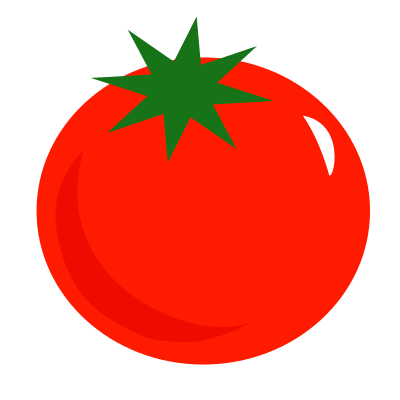
For food forests, you do what you can to use edible plant life to mimic the ecosystems of a wild forest.
“A food forest, also called a forest garden, is a diverse planting of edible plants that attempts to mimic the ecosystems and patterns found in nature.” | Project Food Forest
If done right, this system will…
- Promote a healthy soil microbiome
- Increase carbon-capture (no-till)
- Prevent erosion
- Retain water
And more.
Personally, I suggest using as many perennials to your area as you can so you don’t have to replant everything every year.
Here are some perennial examples that are for my specific area:
(⚠ means you may want to container garden them to prevent spread)
- 🥬Lovage (celery alternative)
- 🥗 Bloody Dock (chard alternative)
- 🥗 Good King Henry (spinach alternative)
- 🥔 Jerusalem Artichoke (root vegetable)
- 🥗 Sea Kale
- 🧅 Chives ⚠
- 🥝Hardi-Kiwi
- 🍓Wild strawberries
- Raspberries ⚠
- Wild blueberries
- Red or Black Currants
- Haskap/Honeyberries
- 🍇Valiant or Bluebell Grapes
- Rhubarb
- Saskatoons
- Pembina Plums
- 🍒Evans (sour) cherries
- Manchurian Apricots
- 🍎 Hardi-Mac Apples
More Info on Food Forests:


Do food forests utilize companion planting?
In the sense that many plants preferred shaded areas, yes.
Some do! The food forest method is very popular with fans of permaculture, and companion planting (like The Three Sisters) is sometime brought up in the community.